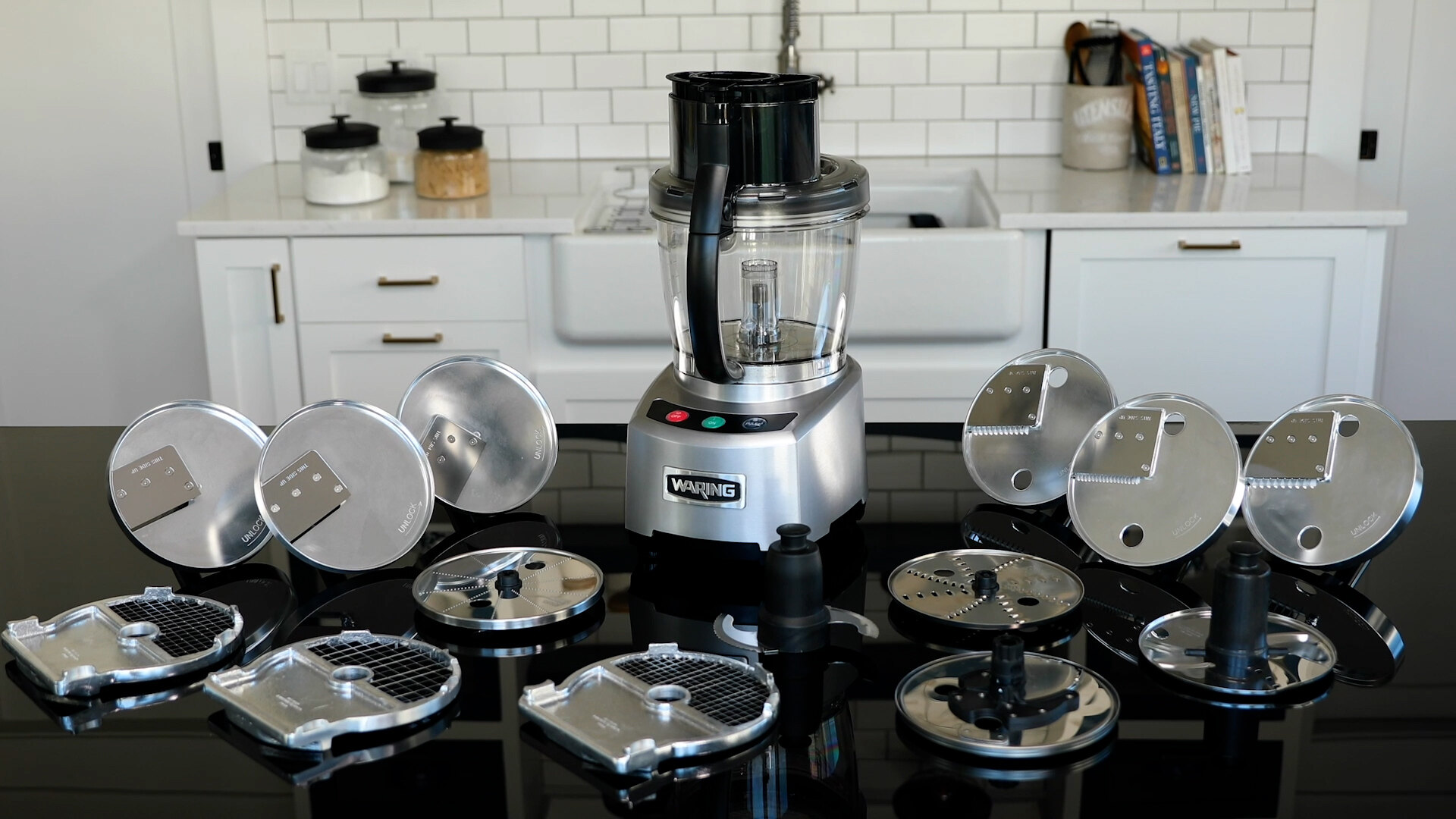

Articles
How To Store Food Processor Blades
Modified: August 30, 2024
Discover effective ways to store and protect your food processor blades with our informative articles. Learn how to extend their lifespan and ensure optimal performance.
(Many of the links in this article redirect to a specific reviewed product. Your purchase of these products through affiliate links helps to generate commission for Storables.com, at no extra cost. Learn more)
Introduction
Properly storing food processor blades is essential for their longevity and maintaining their sharpness. Blades are one of the most important components of a food processor, as they are responsible for slicing, chopping, and blending ingredients. Without proper care and storage, the blades can dull or become damaged, resulting in inefficient performance and potential safety hazards.
In this article, we will discuss the importance of proper blade storage and provide step-by-step instructions on how to store food processor blades to ensure their optimal condition. By following these guidelines, you can prolong the lifespan of your blades and ensure they are always ready for use when you need them.
Key Takeaways:
- Properly storing food processor blades is crucial for maintaining their sharpness, enhancing safety, and prolonging their lifespan. Follow step-by-step instructions to ensure optimal blade condition and easy access.
- Cleaning, drying, disassembling, and storing food processor blades separately with proper labeling and protection measures are essential for longevity and efficient use. Find a suitable storage location to safeguard the blades.
Read more: How To Sharpen Food Processor Blades
Importance of Proper Blade Storage
Proper blade storage is crucial for several reasons:
- Maintains Sharpness: Sharp blades are essential for efficient food processing. Proper storage prevents the blades from coming into contact with other utensils or surfaces that could dull or damage them. By storing blades separately, you reduce the risk of nicks and dents that can compromise their sharpness.
- Enhances Safety: Food processor blades are incredibly sharp. Storing them properly reduces the risk of accidental cuts or injuries. By keeping the blades stored in a secure location, you minimize the chances of anyone coming into contact with them unintentionally.
- Prolongs Lifespan: When blades are stored haphazardly, they are more likely to become damaged or bent over time. By properly storing the blades, you can extend their functional lifespan, ensuring they continue to work effectively for years to come.
- Easy Access: Proper storage allows you to easily locate and access the blades when you need them. By maintaining an organized storage system, you can save time and frustration by quickly finding the right blade for your food processing needs.
Taking the time to store your food processor blades properly is a small investment that can yield significant benefits in the long run. It not only protects the blades from damage but also ensures that your food processor continues to perform at its best.
Step 1: Cleaning the Blades
Before storing your food processor blades, it is essential to clean them thoroughly. Any remaining food particles or residue can lead to bacterial growth or unpleasant odors over time. Follow these steps to clean your blades:
- Unplug the Food Processor: Ensure that the food processor is unplugged and turned off before starting the cleaning process. Safety should always be a priority.
- Remove the Blade: Carefully remove the blade from the food processor. Refer to the manufacturer’s instructions if you are unsure how to do this.
- Rinse with Warm Water: Rinse the blade under warm running water to remove any loose food particles. Use a soft brush or sponge to gently scrub the blade, paying attention to the nooks and crannies.
- Use Dish Soap: Add a small amount of mild dish soap to the sponge or brush. Thoroughly clean the blade, making sure to reach all the crevices. Avoid using abrasive cleaners or harsh chemicals as they can damage the blade.
- Rinse and Dry: Rinse the blade again under warm water to remove any soap residue. Pat the blade dry with a clean towel or allow it to air dry completely.
Once the blade is clean and dry, you can move on to the next step in storing it properly.
Step 2: Drying the Blades
After cleaning the food processor blades, it is crucial to ensure they are completely dry before storing them. This step is essential to prevent moisture from causing rust or corrosion. Follow these guidelines to properly dry the blades:
- Pat Dry with a Towel: After rinsing the blades, use a clean towel to pat them dry. Make sure to remove any excess water from both sides of the blade. Take extra care to dry the nooks and crannies where water might accumulate.
- Air Drying: Once you have removed as much water as possible, set the blades aside to air dry completely. Place them on a clean, dry surface or a dish rack where they can air dry without any moisture pooling. Allow sufficient time for the blades to dry thoroughly before moving on to the next step.
- Optional: Using a Hairdryer: If you are in a hurry or want to ensure the blades are completely dry, you can use a hairdryer on a low heat setting. Hold the hairdryer a few inches away from the blade and gently blow dry it to remove any remaining moisture. Be cautious not to overheat the blades or expose them to excessive heat.
By properly drying the food processor blades, you eliminate the risk of moisture-related issues such as rust or corrosion, ensuring they remain in optimal condition during storage.
Step 3: Disassembling the Food Processor
In order to store the food processor blades properly, it is important to disassemble the appliance according to the manufacturer’s instructions. This step ensures that the blades can be stored separately and reduces the risk of damage. Follow these steps to disassemble your food processor:
- Unplug the Food Processor: Before beginning the disassembly process, make sure the food processor is unplugged and turned off. Safety is always a priority.
- Remove the Bowl: Carefully remove the bowl or container that holds the ingredients. Most food processors have a release button or lever that allows for easy removal. Refer to the instruction manual if you are unsure about the specific steps for your model.
- Remove the Lid: Take off the lid or cover of the food processor. Some lids may twist off, while others may have a latch or lock mechanism. Follow the specific instructions for your appliance to remove the lid safely.
- Detach the Blades: Once the bowl and lid are removed, you can access the blades. Gently twist or lift the blades to detach them from the base of the food processor. Be mindful of any sharp edges.
It is important to note that some food processors may have additional attachments or accessories. If your appliance includes other components like shredding discs or dough hooks, follow the manufacturer’s instructions to remove them properly.
By disassembling the food processor, you can store the blades separately, reducing the risk of accidental damage and making it easier to organize and retrieve them when needed.
Read more: What Is An S Blade On A Food Processor
Step 4: Storing the Blades Separately
Properly storing food processor blades separately is crucial to prevent them from coming into contact with other utensils or surfaces that could damage or dull them. Here are some guidelines to follow when storing the blades:
- Wrap in Paper or Cloth: Before storing the blades, wrap each one individually in paper or cloth. This provides an additional layer of protection and helps minimize the risk of scratches or other damage during storage.
- Choose a Suitable Container: Select a container that is large enough to accommodate the blades without them touching each other. Avoid using containers made of metal or other materials that could cause scratches. Opt for a plastic or silicone container with compartments or dividers to keep the blades separated.
- Stack Carefully: If you need to stack the blades in the storage container, ensure they are wrapped individually and placed in a way that prevents them from banging against each other. This further minimizes the risk of damage.
- Avoid Overpacking: Do not overcrowd the storage container with too many blades. Leave enough space between them to prevent them from rubbing against each other and potentially getting damaged.
By storing food processor blades separately, you reduce the chances of them becoming dull or damaged. This ensures that they remain in optimal condition for future use and extends their lifespan.
To store food processor blades, place them in a secure container or drawer to prevent damage and ensure they stay sharp. Consider using blade covers or wrapping them in a protective material to avoid any accidents when reaching for them.
Step 5: Using Blade Guards or Covers
Using blade guards or covers is an additional measure you can take to protect your food processor blades during storage. These accessories provide an extra layer of protection and prevent accidental contact with the sharp edges. Follow these steps to use blade guards or covers:
- Choose the Right Blade Guards: Look for blade guards or covers that are specifically designed for your food processor model. They should fit snugly over the blades and provide adequate coverage.
- Insert the Blades: Place the food processor blades in their respective blade guards or covers. Ensure that they are positioned correctly and that the guards or covers fully enclose the sharp edges.
- Secure the Guards or Covers: If the blade guards or covers have any locking mechanisms or attachments, make sure they are properly secured. This prevents the blades from slipping out or getting damaged during storage.
- Label the Guards or Covers: If you have multiple blades and guards or covers, consider labeling them to easily identify which blade goes with each guard or cover. This adds an extra layer of organization and convenience.
Using blade guards or covers adds an extra layer of protection to your food processor blades during storage. It helps prevent accidental damage or injuries while also keeping the sharp edges away from other utensils or surfaces.
Step 6: Choosing an Appropriate Storage Container
Choosing the right storage container for your food processor blades is essential to ensure their safety and longevity. Here are some considerations to keep in mind when selecting a storage container:
- Size and Shape: Choose a container that is spacious enough to accommodate the blades without them touching each other or the sides of the container. The shape should be suitable to prevent any shifting or movement during storage.
- Material: Opt for a storage container made of durable and non-abrasive materials such as plastic or silicone. Avoid containers made of metal or other materials that could potentially scratch or damage the blades.
- Compartments or Dividers: Look for a container with compartments or dividers to keep the blades separated. This helps prevent them from coming into contact with each other, reducing the risk of scratches or other damage.
- Tight-Fitting Lid: Ensure that the storage container has a tight-fitting lid to keep out dust, moisture, and other contaminants. This helps maintain the blades’ cleanliness and prevents any potential damage.
- Stacking and Storage Space: If you have multiple blades, consider a container that allows for easy stacking or nesting to save space. Additionally, choose a storage location that is cool, dry, and away from direct sunlight or extreme temperatures.
By selecting an appropriate storage container, you can safeguard your food processor blades from damage and ensure their longevity, so they are always ready for use when you need them.
Step 7: Labeling the Blades
Labeling the blades of your food processor is a helpful step to easily identify them and prevent confusion during use and storage. Follow these tips to effectively label your blades:
- Use Clear and Readable Labels: Choose labels that are clear and readable. Opt for adhesive labels or masking tape if you prefer a temporary labeling solution. Make sure the labels are securely attached to the blades.
- Label with the Blade’s Purpose: Indicate the purpose of each blade on the label. For example, you can label one as “slicing blade” and another as “shredding blade.” This will help you quickly identify the blade you need for a specific task.
- Include Additional Information: If necessary, include additional information on the label, such as any special instructions or precautions specific to that blade. This can be particularly helpful if you have unique blades or attachments for your food processor.
- Apply Labels on the Storage Container: Alternatively, you can label the storage container itself rather than placing individual labels on each blade. This approach is useful if you have multiple blades and want to keep them all in one container.
- Update Labels as Needed: Over time, you may acquire new blades or replace existing ones. It is important to update the labels accordingly to maintain accuracy and avoid confusion.
Labeling the blades of your food processor provides a convenient way to quickly identify the right blade for your needs. It minimizes the chances of using the wrong blade and helps keep your food processor organized and efficient.
Read more: Which Blade To Use On Food Processor
Step 8: Finding a Suitable Storage Location
Finding a suitable storage location for your food processor blades is crucial to ensure their safety and accessibility. Consider the following factors when choosing a storage spot:
- Clean and Dry Area: Select a clean and dry area for storing your blades. Avoid places that are prone to moisture or humidity, as this can lead to rust or corrosion.
- Away from Heat Sources: Keep the blades away from direct heat sources, such as stovetops or ovens. Excessive heat can damage the blades or cause them to warp.
- Secure and Stable: Choose a location where the blades will be secure and stable. Avoid places where they can be easily knocked over or damaged by other items.
- Organized Storage System: Set up an organized storage system that allows you to easily access and retrieve the blades when needed. Consider using dividers or compartments to keep the blades separated and prevent them from shifting during storage.
- Protection from Dust and Debris: Store the blades in a location where they are protected from dust, dirt, and other debris. This can help maintain their cleanliness and prevent any potential damage.
- Away from Children and Pets: Ensure that the storage location is out of reach of children and pets for their safety. Store the blades in a secure area or use childproof locks if necessary.
By finding a suitable storage location for your food processor blades, you can ensure that they are well-preserved, easily accessible, and ready for use whenever you need them.
Conclusion
Properly storing your food processor blades is essential for maintaining their sharpness, prolonging their lifespan, and ensuring their safe and efficient use. By following the steps outlined in this article, you can effectively store your blades and protect them from damage or dulling.
Begin by cleaning the blades thoroughly and ensuring they are completely dry before moving on to the storage process. Disassemble the food processor and store each blade separately, using paper or cloth to wrap them for added protection. Consider using blade guards or covers to further safeguard the sharp edges and prevent accidental contact. Choose a suitable storage container that allows for proper organization and prevents the blades from touching or rubbing against each other.
Labeling the blades and finding a suitable storage location are important final steps. By clearly labeling each blade, you can easily identify them and avoid confusion. Additionally, selecting an appropriate storage location that is clean, dry, and secure will ensure the longevity and accessibility of your blades.
Taking the time to store your food processor blades correctly will not only extend their lifespan but also optimize their performance and maintain their safety. By incorporating these steps into your routine, your food processor blades will always be ready for use when you need them, ensuring efficient food preparation and enjoyable cooking experiences.
Now that you've mastered storing food processor blades, why not tackle other organizational challenges around your home? For those looking to streamline clutter, discover home organization solutions with our guide on the best fabric storage cubes. If your culinary space feels cramped, our kitchen organization tips can help you maximize every inch of a small kitchen. And for the cooking enthusiasts, don't miss our review on the latest kitchen tools that are must-haves for your arsenal in 2024, all dishwasher safe to make cleanup a breeze!
Frequently Asked Questions about How To Store Food Processor Blades
Was this page helpful?
At Storables.com, we guarantee accurate and reliable information. Our content, validated by Expert Board Contributors, is crafted following stringent Editorial Policies. We're committed to providing you with well-researched, expert-backed insights for all your informational needs.
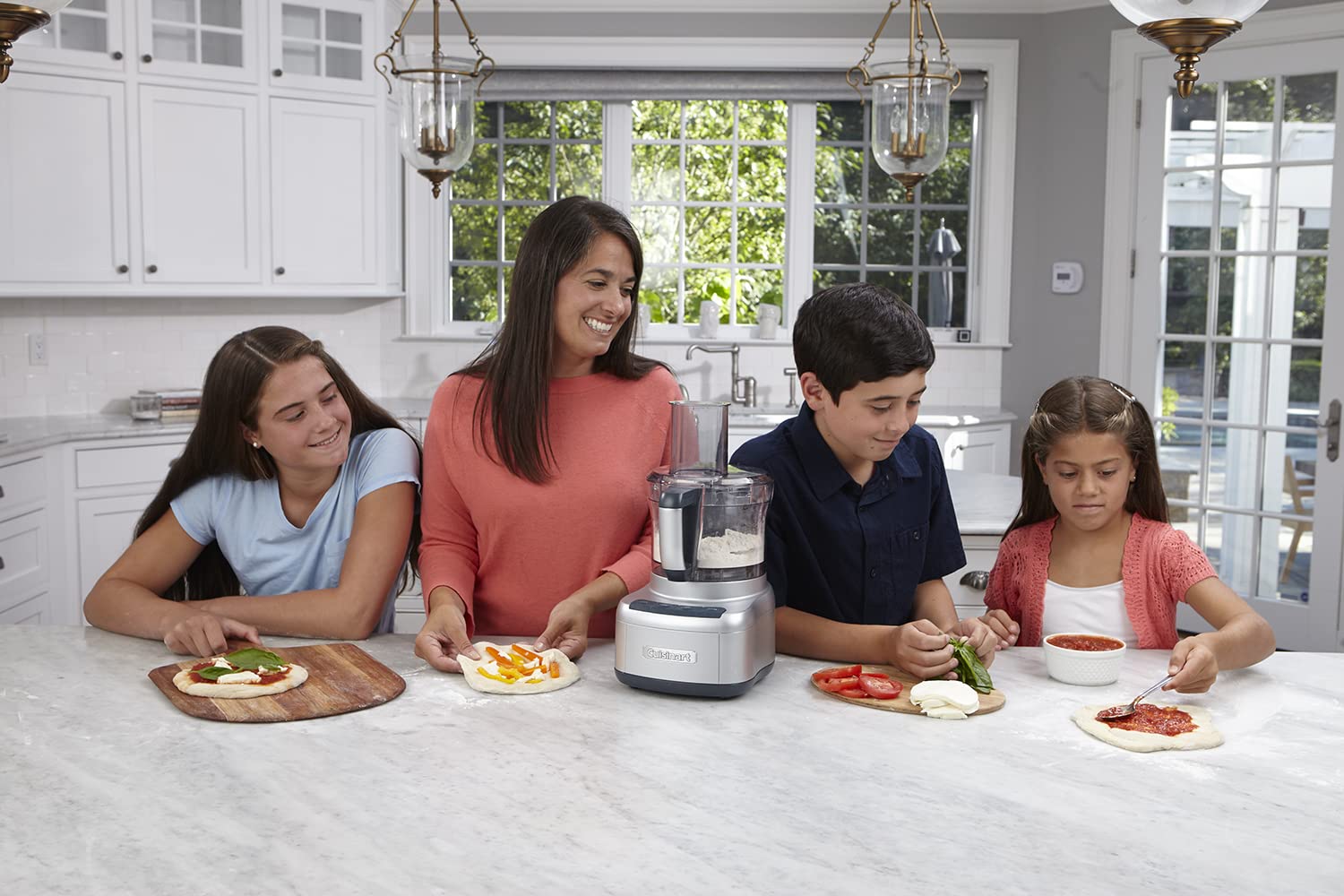
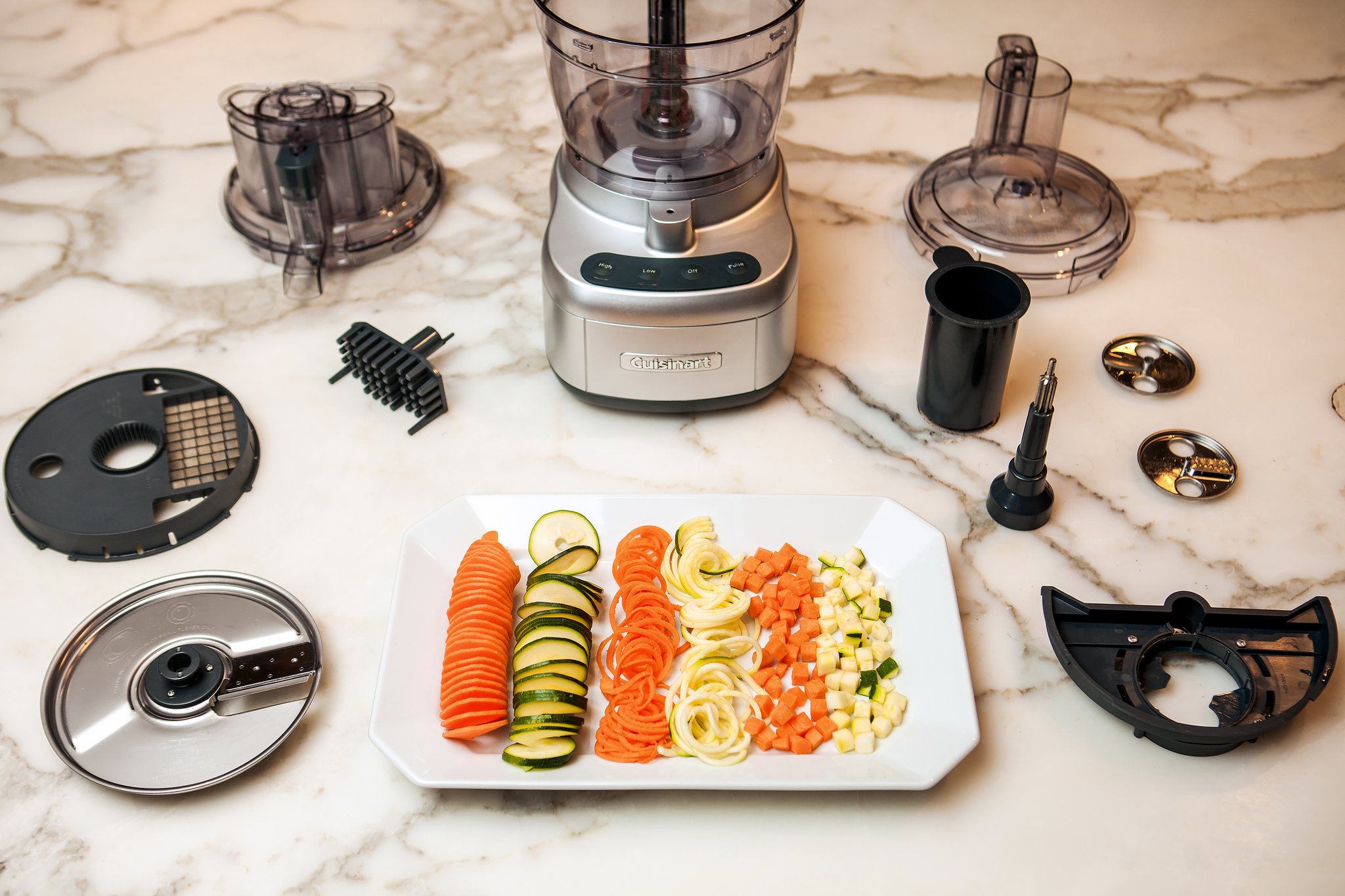
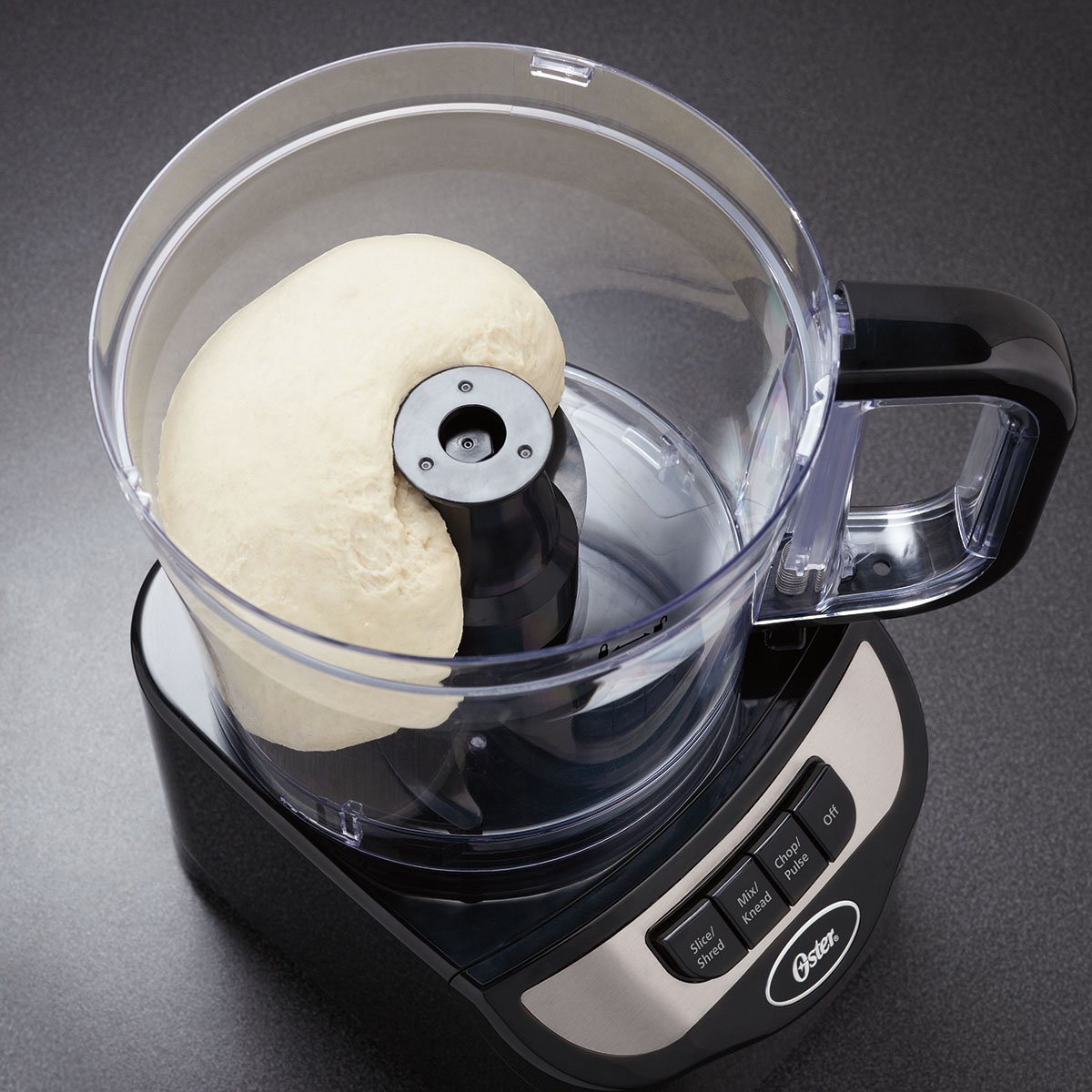
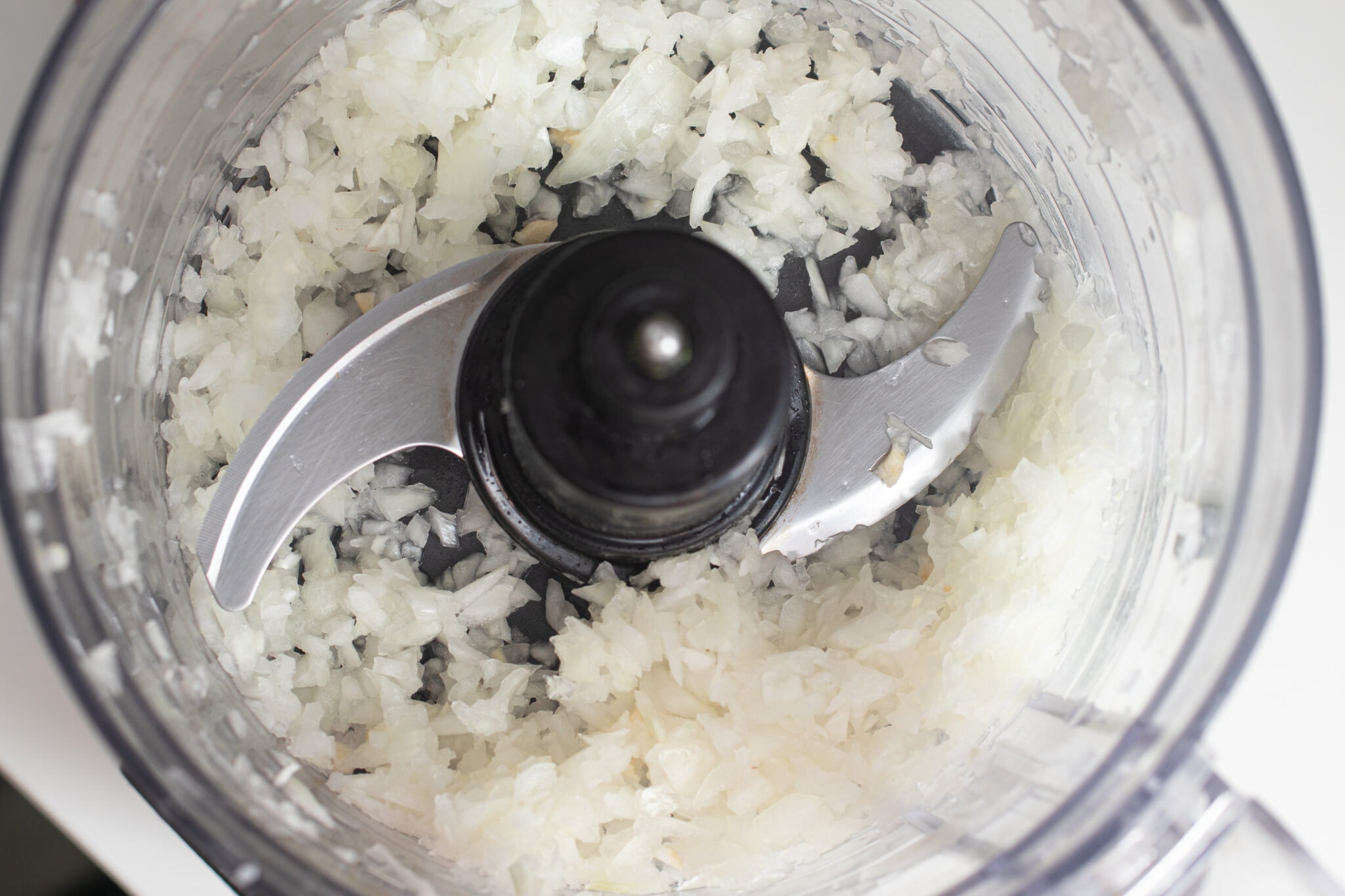

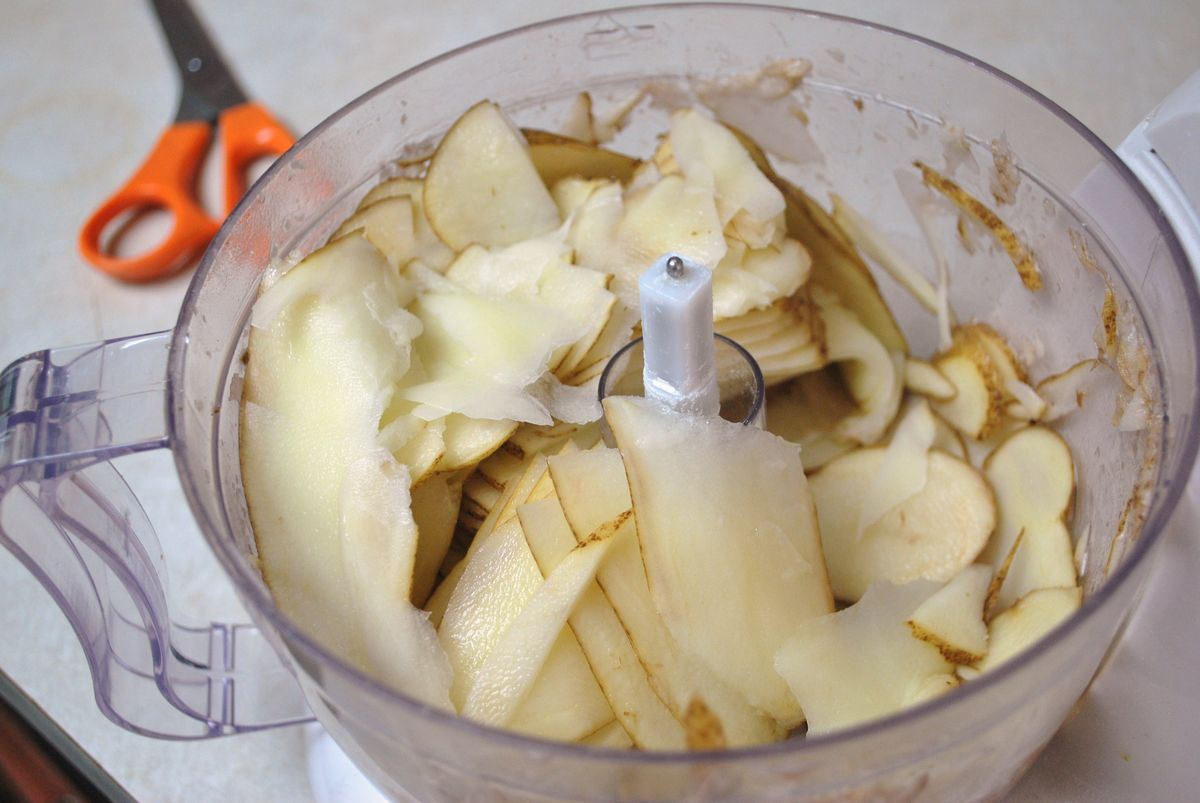
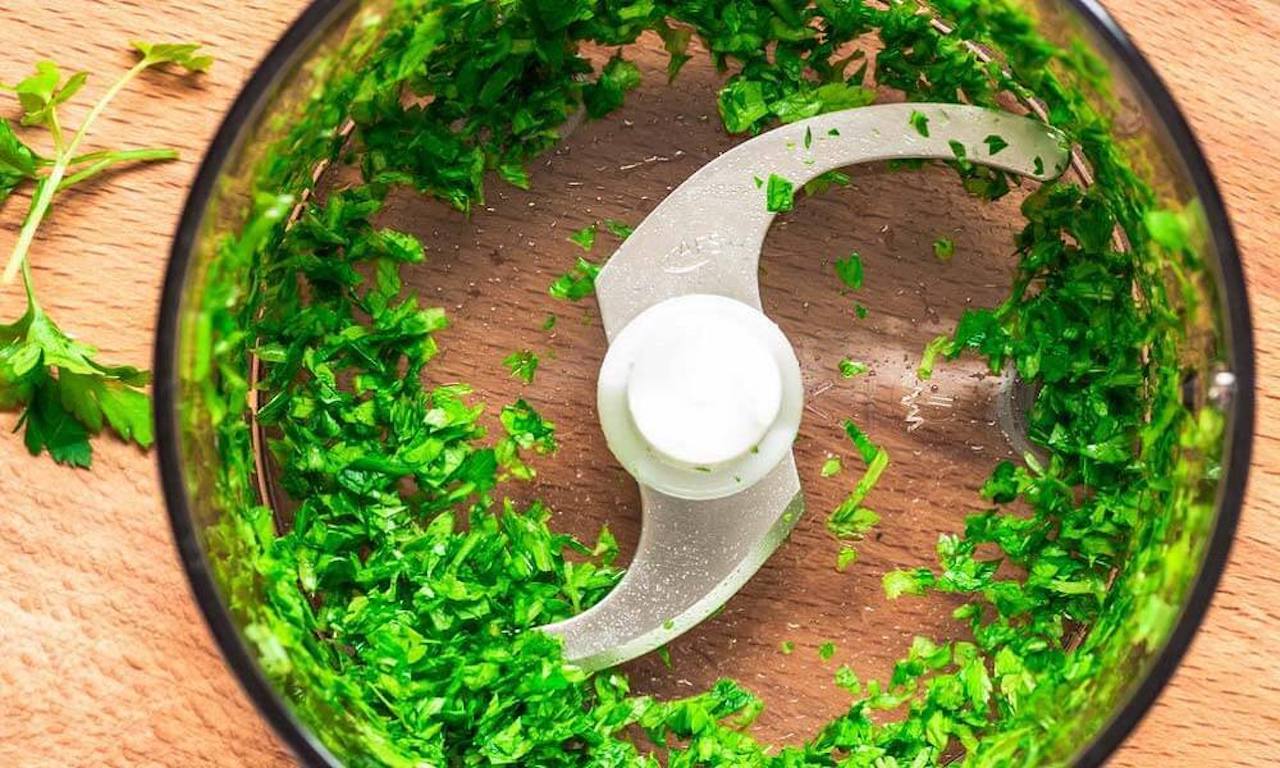
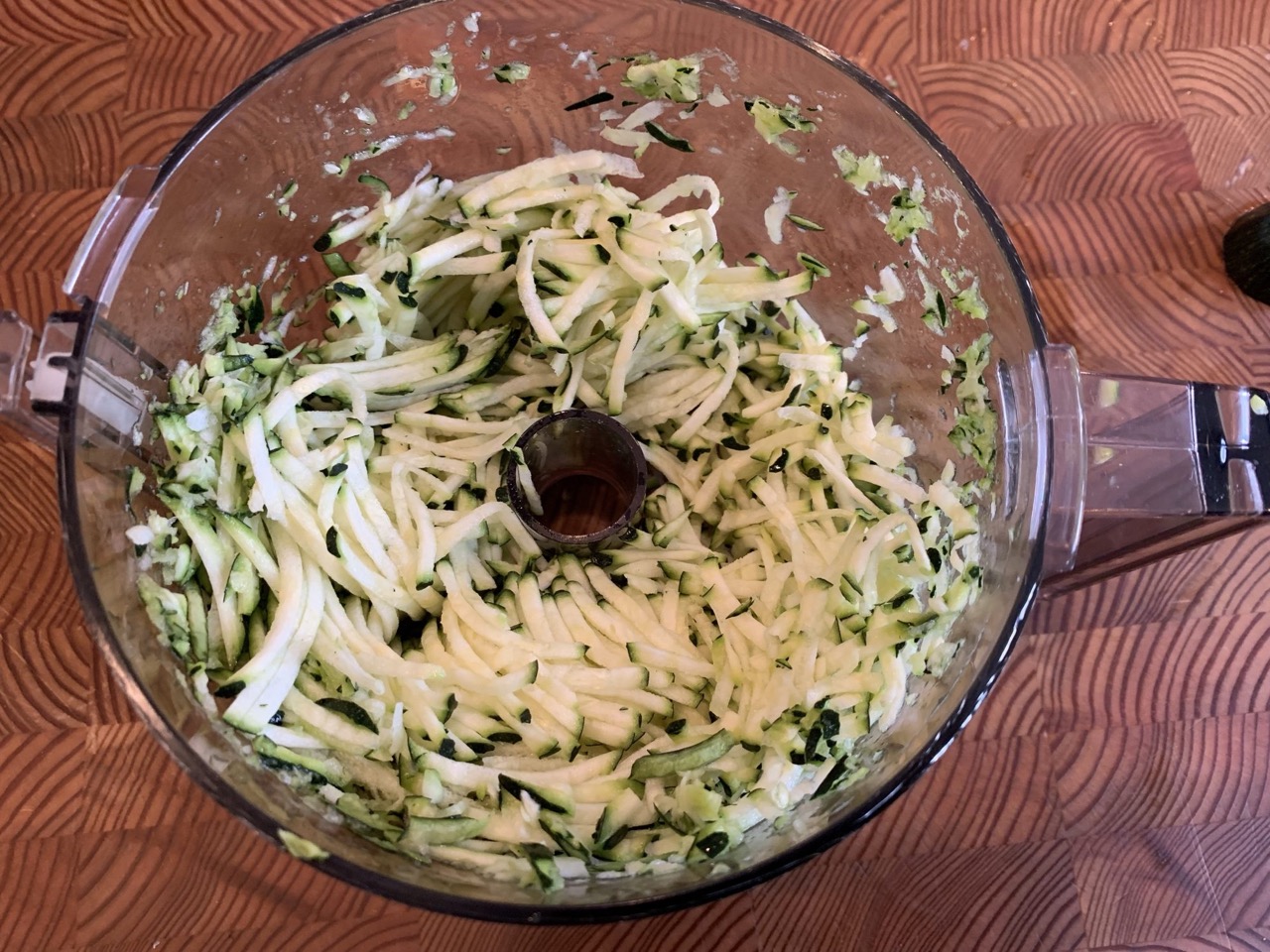
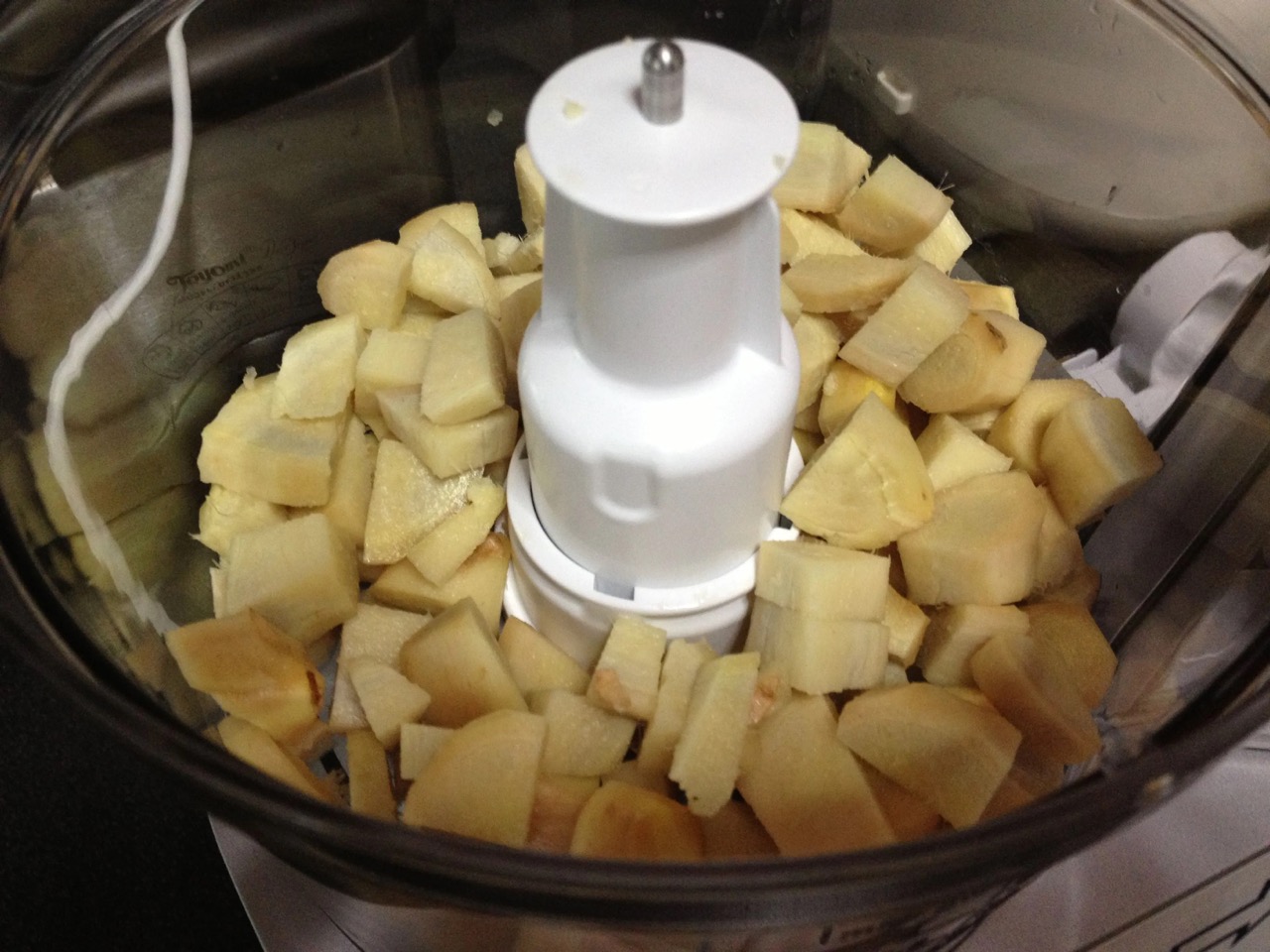
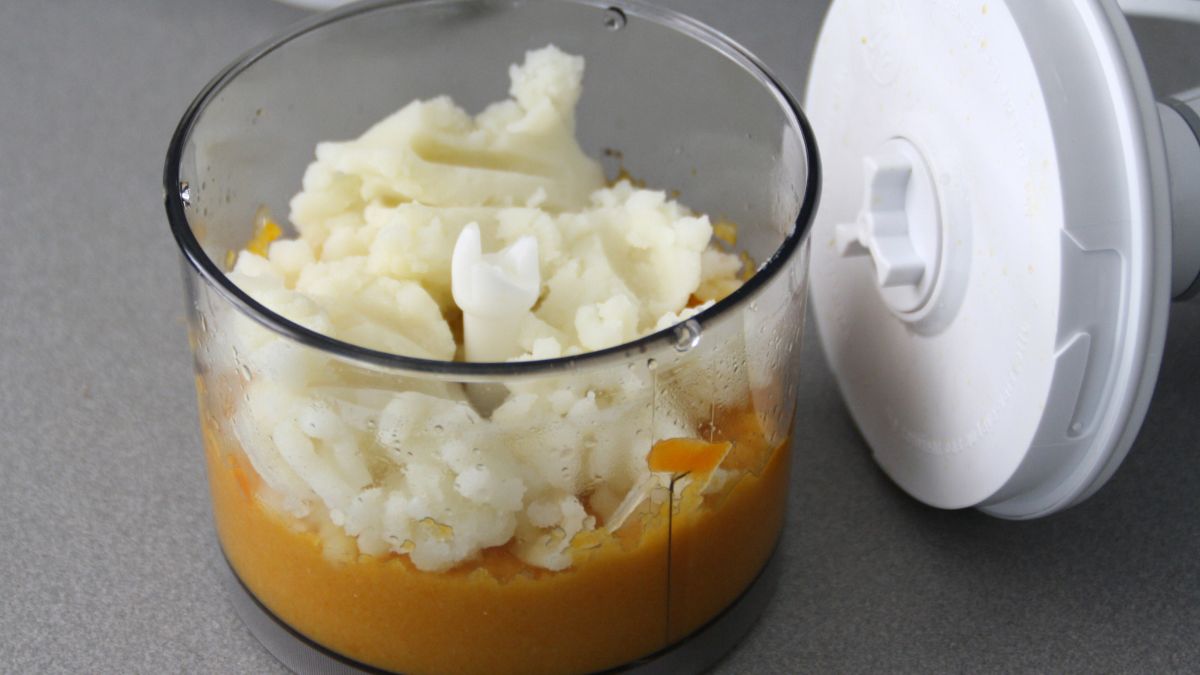
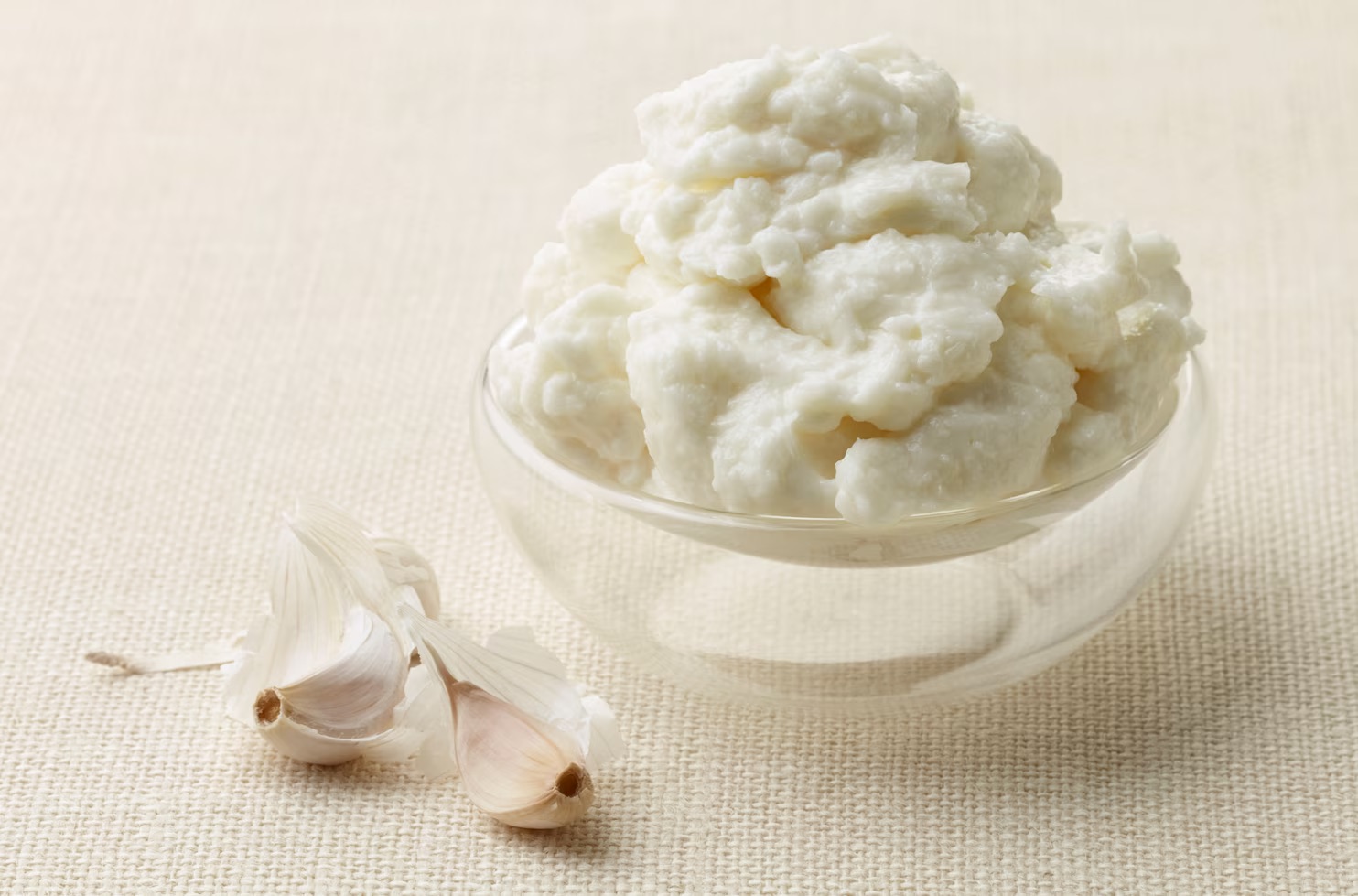

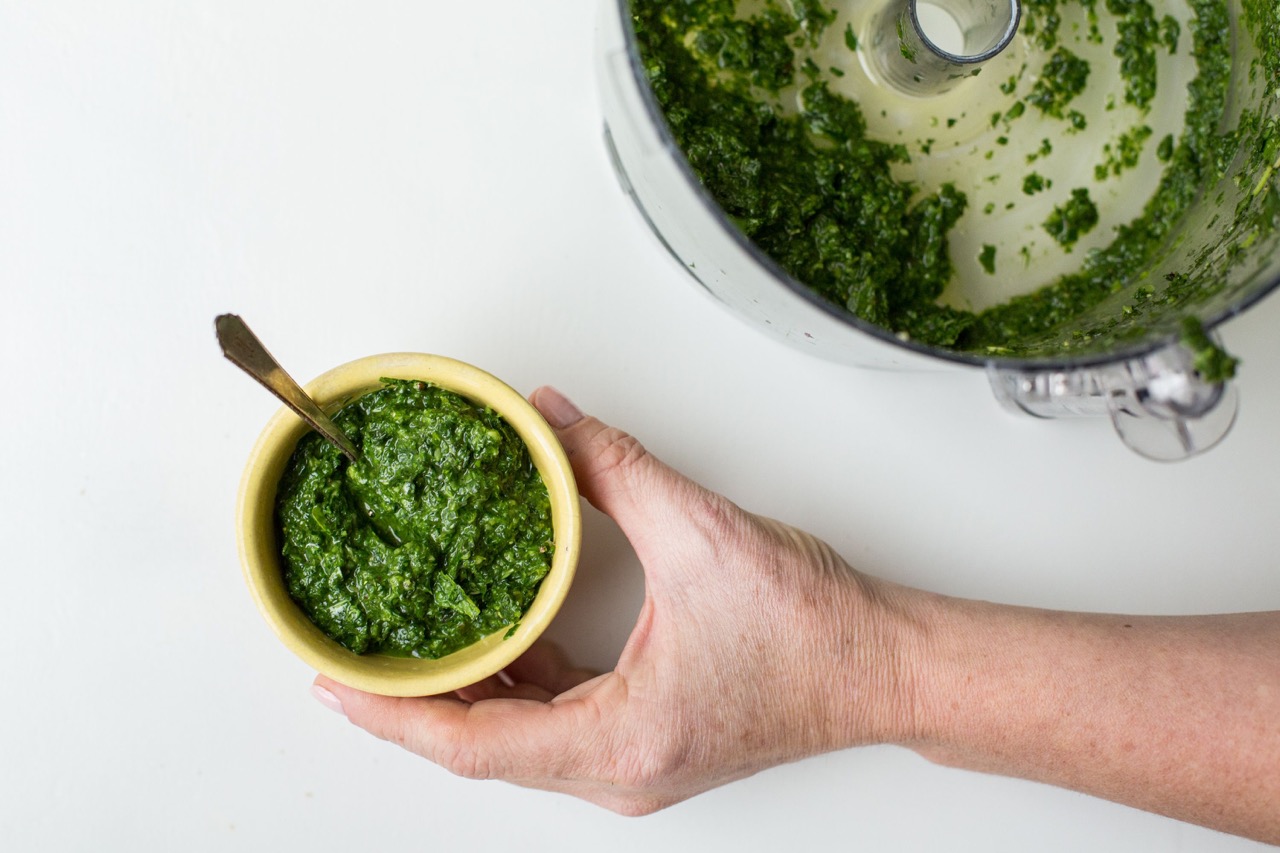

0 thoughts on “How To Store Food Processor Blades”